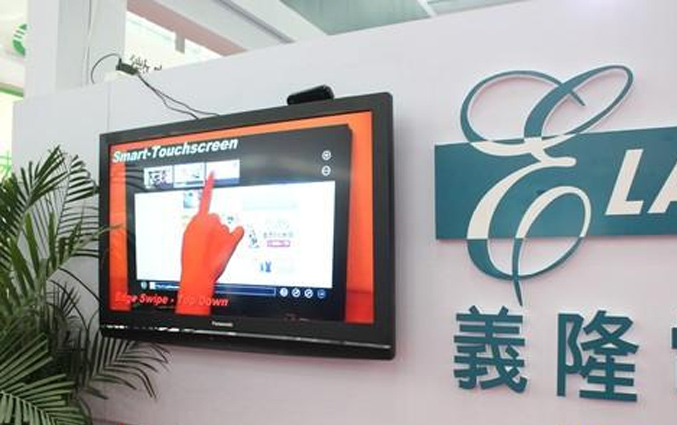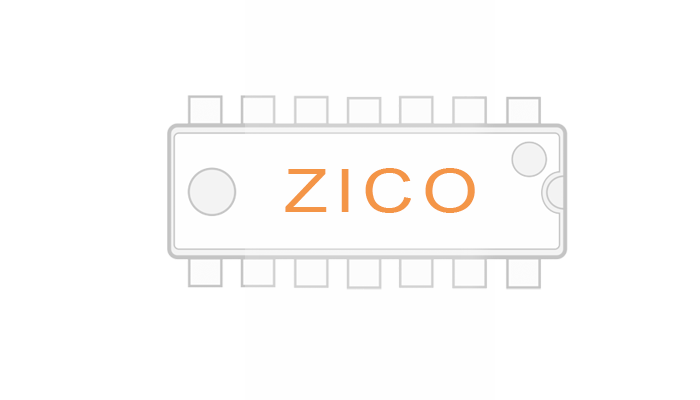How to judge the quality of the crystal oscillator and how the crystal oscillator affects the microcontroller
The role of crystal oscillators is becoming more and more prominent. In this article, crystal oscillators will be introduced based on three aspects: 1. How to judge the quality of crystal oscillators, 2. Guidelines for the use of quartz crystal oscillators, and 3. The impact of crystal oscillators on single-chip microcomputers. If you are interested in the content of this article, you may wish to continue reading.
1. Identify the quality of the crystal oscillator
As the heart of the circuit, the crystal oscillator plays an extremely important role. It is widely used in various electronic products and equipment. If there is a lack of vibration, the entire device will not work properly. Engineers must know how to identify the crystal oscillator. This is a necessary and first condition. So, of course, as a purchaser, you can also identify the quality of the crystal oscillator, which can help everyone to better purchase the crystal oscillator. So how to recognize and judge? Let's understand it together.
1. Insert the electric pen into the socket (firewire of course), touch the bottom of the electric pen with the foot of a crystal oscillator and touch the other foot with your hand. If the electric pen is bright, it is good.
2. Use a multimeter to detect the 10K block, and infinity is a good product.
3. Replacement method. Use a digital capacitance meter (or the capacitance file of a digital multimeter) to measure its capacitance. Generally, the capacity of the damaged crystal is significantly reduced (different crystals have a certain range of normal capacity, which can be measured well, usually tens to hundreds of PF )
4. Use the substitution method. The crystal oscillator is difficult to judge with a multimeter. The forward resistance is infinite and the reverse resistance is also infinite.
5. If possible, use an oscilloscope to see if there is a waveform.
6. The solution is to use a multimeter in the circuit to measure whether there is a working voltage at both ends of it. If so, use an oscilloscope to measure its frequency. If the frequency is not correct, it is likely to be broken.
7. It is not acceptable to use 10K gear to measure and have a little resistance value. Shake it to have vibration inside.
8. You can add voltage and excitation signal, and you can understand it by measuring with an oscilloscope.
9. You can test whether it has output, and then test whether there is a control voltage.
10. If a large number of screenings are required, a single-tube crystal oscillator circuit can be built, and the two terminals of the crystal can be connected to a two-hole socket as a jack for testing the crystal oscillator. Use an oscilloscope or frequency counter to test its output signal, and the frequency can also be measured ; If you don’t have these two instruments, you can make a self-made voltage doubler detector, rectify it to a DC voltage and then use a multimeter to measure the oscillating voltage at 1V to judge the quality and quality of the crystal oscillator.
2. Guidelines for the use of quartz crystals
1) Select standard quartz crystals from manufacturers that have proven stable quality, high reliability, open a way out, and have outstanding promises through internships. Selected or defective quartz crystals cannot be used.
2) The technical function, quality level, and operating conditions of the quartz crystal oscillator should satisfy the requirements of the planned circuit.
3) Under the condition of satisfactory function parameters, a quartz crystal with low power consumption, low thermal resistance, low loss angle, high power gain, and high efficiency should be selected.
4) The best choice of domestic quartz crystal. First select the quartz crystal that meets the national standard through the determination; the quartz crystal that can be supplied stably through the application of the inspection; Youcheng advises to use other quartz crystals that meet the requirements of the experience.
5) Imported quartz crystal oscillator. The quartz crystals in the PPL and QPL (Qualified Product List) of foreign prestige organizations; the high-quality quartz crystals that have been strictly selected during the production process; the high-quality quartz crystals that meet the requirements through domestic use inspections.
Third, the impact of crystal oscillator on the microcontroller
The single-chip crystal oscillator is the electronic component that generates the clock frequency required by the single-chip microcomputer. The higher the clock frequency provided by the single-chip crystal oscillator, the faster the single-chip operating speed. The execution of all instructions connected to the single-chip microcomputer is based on the clock provided by the crystal oscillator. frequency. This shows the importance of the crystal oscillator in the microcontroller. Usually a single-chip microcomputer system shares a crystal oscillator to facilitate the synchronization of all parts. Some communication systems use different crystal oscillators for the fundamental frequency and radio frequency, and we can maintain synchronization by electronically adjusting the frequency. The main function of the crystal oscillator in the single-chip system is to provide the basic clock signal for the system. The crystal oscillator is usually used in conjunction with the phase-locked loop circuit to provide the clock frequency required by the system. If different subsystems require clock signals of different frequencies, they can be provided by different phase-locked loops connected to the same crystal oscillator.
Therefore, if there is no crystal oscillator in the single chip microcomputer, there is no clock cycle. Without the clock cycle, the program code cannot be executed, the single chip microcomputer cannot work, and the program cannot be burned. Because when the microcontroller works, it fetches instructions from the RoM one by one, and then executes them step by step. We call the time for the microcontroller to access the memory as a machine cycle, which is a time reference. One machine cycle includes 12 clock cycles. If a single-chip microcomputer selects a 12MHZ crystal oscillator, its clock cycle is 1/12us, and one of its machine cycles is 12×(1/12)us, which is 1us. The machine cycle is not only of great significance to the execution of instructions, but also the time reference of the single-chip timer and counter. If a single-chip microcomputer selects a 12MHZ crystal oscillator (this crystal can be a 49S plug-in crystal or a patch crystal), then when the value of the timer increases by 1, the actual elapsed time is 1us, which is the timing principle of the single-chip microcomputer.
Recommended news

ELAN: Capacitive multi-finger touch technology

Di Guanjie: Breaking through technical barriers and leading the innovation and development of MCU field

IC factory ELAN Group joins hands with NTU AI Center to create intelligent transportation system to enter Southeast Asian countries

NY2 series products are single-chip CMOS music and speech synthesis ICs


